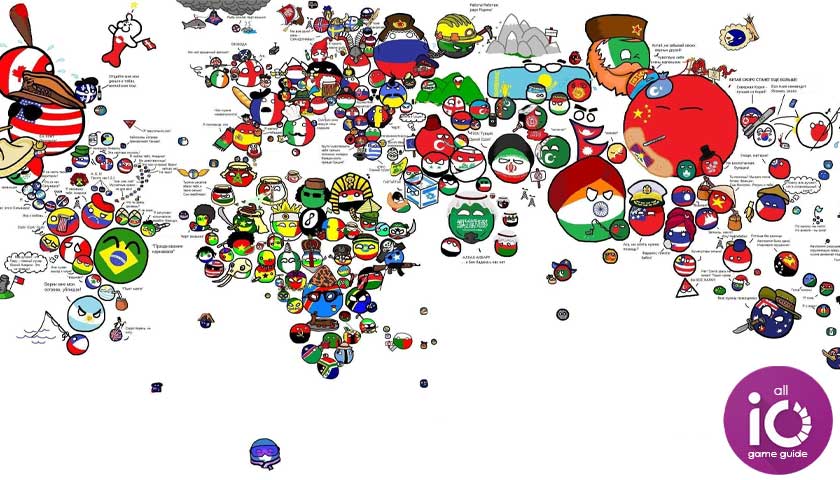Advertising Your Mobile Game
A mobile game is a video game specifically designed and developed for play on mobile devices, such as smartphones and tablets. These games are created to leverage the unique features and capabilities of mobile devices, including touchscreens, accelerometers, gyroscopes, and GPS. Mobile games come in various genres, ranging from casual and simple games that can be played in short sessions to complex and immersive experiences with high-quality graphics and gameplay mechanics.
Key characteristics of mobile games include:
- Accessibility: Mobile games are easily accessible to a wide audience. Players can download and install games directly from app stores, making them readily available on their devices.
- Portability: The portability of mobile devices allows users to play games anytime and anywhere. This convenience has contributed significantly to the popularity of mobile gaming.
- Touchscreen Controls: Most mobile games utilize touchscreen controls, taking advantage of the intuitive and interactive nature of touch-based interfaces. Some games also incorporate motion controls and gestures.
- In-App Purchases: Many mobile games follow a freemium model, where the initial download is free, but the game offers in-app purchases for virtual goods, additional levels, or premium features. This model allows developers to generate revenue while offering the game for free.
- Short Play Sessions: Mobile games are often designed for short play sessions, allowing players to engage with the game during brief intervals, such as during a commute or a break.
- Diverse Genres: Mobile games cover a wide range of genres, including puzzle, strategy, simulation, role-playing, action, and casual games. This diversity caters to various interests and preferences.
- Multiplayer and Social Features: Many mobile games include multiplayer modes and social features, allowing players to compete with or collaborate with friends, share achievements, and connect with other players globally.
- Regular Updates: Developers frequently release updates for mobile games, introducing new content, features, and improvements. This keeps the games fresh and encourages player engagement over time.
Popular mobile gaming platforms include the Apple App Store for iOS devices and Google Play for Android devices. The mobile gaming industry has experienced rapid growth, becoming a significant part of the overall video game market. Advances in technology, including more powerful mobile hardware and improved graphics capabilities, continue to push the boundaries of what is possible in mobile game development.
The Ultimate Guide to Successfully Advertising Your Mobile Game
- Briefly introduce the importance of advertising in the mobile gaming industry.
- Highlight the challenges and opportunities in mobile game marketing.
Section 1: Understanding Your Target Audience
- Demographic Analysis:
- Explain the importance of identifying the age, gender, location, and interests of your target audience.
- Discuss tools and methods for gathering demographic data (surveys, social media analytics, etc.).
- Player Motivations and Preferences:
- Dive into different player types and what motivates them (e.g., competitive players, social players).
- Discuss how understanding these motivations can shape your advertising strategy.
Section 2: Crafting Your Message
- Unique Selling Proposition (USP):
- Define USP and its importance in standing out in a crowded market.
- Provide tips on identifying and showcasing your game’s USP.
- Creating Engaging Content:
- Discuss the types of content that engage mobile game audiences (trailers, gameplay videos, behind-the-scenes, etc.).
- Emphasize the importance of high-quality visuals and compelling narratives.
Section 3: Choosing the Right Advertising Channels
- Social Media Platforms:
- Break down various social media platforms (Facebook, Instagram, Twitter, TikTok) and how they can be used effectively.
- Discuss the importance of tailored content for each platform.
- Influencer Partnerships:
- Explain how collaborations with gaming influencers and streamers can boost visibility.
- Offer insights into choosing the right influencers and building relationships.
- App Store Optimization (ASO):
- Discuss ASO and its role in improving game visibility on app stores.
- Provide strategies for effective ASO (keyword optimization, compelling descriptions, and visuals).
Section 4: Utilizing Paid Advertising
- Google Ads and Facebook Ads:
- Explain the basics of setting up and running ads on these platforms.
- Discuss targeting options and budgeting.
- Reward-based Advertising:
- Explore the concept of reward-based ads in other mobile games.
- Discuss the balance between being non-intrusive and effective.
Section 5: Analyzing and Adapting
- Data Analysis and KPIs:
- Highlight key performance indicators (KPIs) essential for monitoring ad performance.
- Discuss tools and techniques for analyzing advertising data.
- Iterative Approach:
- Emphasize the importance of adapting strategies based on data.
- Provide examples of pivoting strategies in response to market feedback.
Section 6: Post-Launch Strategies
- Community Building:
- Discuss the importance of nurturing a community around your game.
- Offer strategies for community engagement (forums, social media, in-game events).
- Cross-Promotion and Partnerships:
- Explore the potential of cross-promotion with other games or brands.
- Discuss how to identify and approach potential partners.
Conclusion
- Summarize key points discussed in the article.
- Emphasize the ongoing nature of game advertising and the need to stay adaptive and creative.




